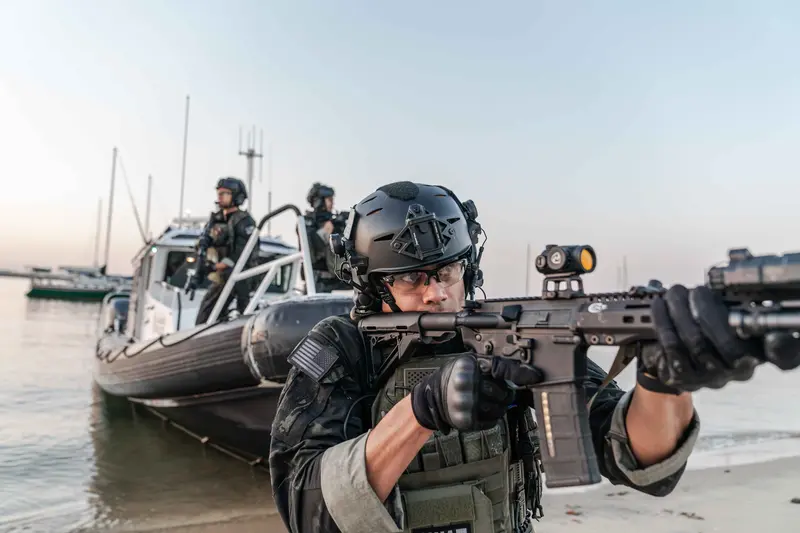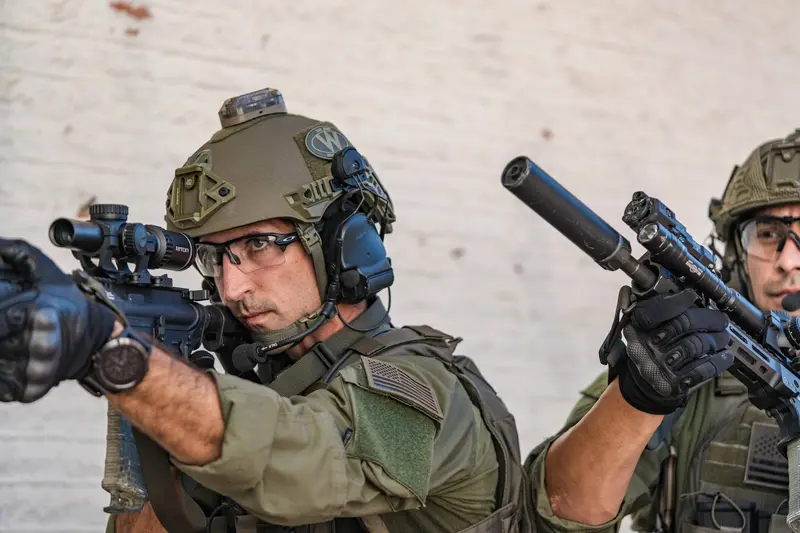How Military Tech Influences Civilian Life

Military technology has always been an integral component in advancing our defense development, but its influence extends far beyond the front lines. Military innovations developed over the years have permeated civilian society, transforming industries, enhancing daily life, and even shaping contemporary society in ways we often take for granted. From medical breakthroughs to communication devices and automotive safety features, military equipment and technology have left a lasting legacy that extends beyond defense.
How Does Military Technology Impact Civilian Life?

Military technology has brought critical innovations that benefit civilian industries in ways that are usually not appreciated by the general public. These technologies are shaping our future and enabling more effective processes, enhanced safety, and innovative solutions across various industries.
Improvements in Healthcare

Military technology has profoundly impacted the healthcare industry, leading to the development of innovative therapies, enhanced medical devices, and advanced medical procedures. Technologies like lifesaving trauma care, medical imaging, and robotic surgical techniques, originally designed for military medical purposes, are now routine in civilian medicine. Advanced prosthetic and exoskeleton solutions for wounded soldiers have led to progress in enabling civilians with disabilities to regain mobility. These medical innovations aim to offer a better quality of life to numerous people, including war veterans and civilians afflicted with ailments that necessitate such devices.
Communication and Connectivity

Research within the military has been responsible for creating dependable communication mechanisms, and many of these innovations are now integral to our daily lives. The internet, which has transformed the way we communicate, work, and live, originated from experiments in military networking and communications. Likewise, end-to-end encrypted messaging and secure communication protocols, which were once critical to national security, now form a vital part of personal and business communications in today’s digital age. These advancements enable us to remain connected and safe in an era where data security is paramount.
Digital Photography
Military research into optics and imaging technology played a significant role in the development of digital photography. Initially, the military focused on creating high-resolution imaging systems for surveillance and reconnaissance. These advancements eventually paved the way for the digital cameras we use today. The miniaturization of digital sensors and the development of digital storage formats were both influenced by military technology, resulting in the modern cameras found in smartphones and professional photography equipment that are now integral to civilian life.
Transportation and Navigation
The military also influenced the transportation sector, especially in the aspects of navigation and vehicle protection. GPS technology, which originated as a military positioning and navigation tool, has become an integral part of civilian life, from individual cars to shipping and logistics companies. Military-level materials, such as lightweight but strong composites, are now common features in commercial airplanes, lightening the load and increasing fuel efficiency in aircraft. These innovations have made travel safer, faster, and more efficient for both individual travelers and the international travel industry.
The Role of Drones
Drones, which were originally employed exclusively by the military for espionage and reconnaissance missions, quickly discovered civilian uses. Presently, drones are being used in agriculture for crop monitoring, logistics for rapid delivery, and for capturing breathtaking aerial photography in the film industry. Military technology has made drones more affordable, accessible, and reliable, thereby opening up opportunities for both consumers and businesses. Even public safety organizations now utilize drones for search-and-rescue missions and disaster tracking.
Night Vision and Walkie-Talkies

Night vision technology, originally developed for the military to enhance vision in nighttime conditions, is now readily accessible to civilians for use in security systems, law enforcement, and outdoor leisure activities. Whether applied to night-time wildlife observation or home protection, night vision technology has had a profound influence beyond its intended military application.
Walkie-talkies, another military innovation, have become a vital communication tool for both personal and professional use. Originally deployed in battles to maintain private communication lines, walkie-talkies are now used in construction, security, and even family communication during outdoor recreation. The military imperative for dependable, portable communication equipment has led to the development of products that provide essential communication solutions for general use.
Sanitary Napkin

One of the most unexpected ways military technology has influenced civilian life is through the development of sanitary napkins. During the early 20th century, military nurses used gauze and bandages for wound care, and the materials developed for these purposes were later adapted for use in sanitary products. The advent of absorbent materials, originally designed for the military, enabled the creation of more effective and comfortable sanitary napkins. Today, these products benefit millions of people, showcasing how military innovations have improved daily life.
Duct Tape
Duct tape, now a household name, was initially created by the military during World War II. Originally designed as a waterproof sealing tape for ammunition cases, it quickly proved useful for a variety of emergency repairs. The strong adhesive and versatile nature of duct tape made it an indispensable tool for soldiers in the field. Over time, it was adapted for civilian use and has since become a common household item, used for everything from home repairs to arts and crafts, demonstrating the profound impact military technology has had on civilian products.
Conclusion
The impact of military technology on civilian life is unavoidable, shaping industries and improving the quality of life in ways that are sometimes not even immediately visible. The groundbreaking technologies developed for defense have been translated into systems and instruments that benefit people and society as a whole. From first aid kits to communication and energy solutions, military development continues to make a huge difference beyond the warfront.
Frequently Asked Questions
What is the application of night vision technology in civilian life?
Night vision, initially developed for military use, is now extensively employed in security systems, law enforcement, and outdoor recreation, providing enhanced vision in low-light conditions.
How have walkie-talkies transitioned from military applications?
Walkie-talkies, initially developed for military communication, are now widely used in construction, security, and personal communication, making them essential for dependable and portable communication.
